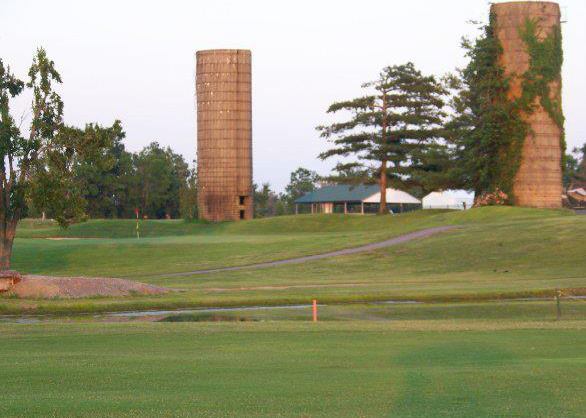

They knew of the location and became excited. As a member of the board of directors of the Chicago Field Museum, Keiser happened to mention the proposed project to staff members. The Wisconsin site had nothing close to that-it was rather monotone in its precisely positioned red pines. Keiser's initial enthusiasm was tempered by the fact that his other golf destinations are adjacent to a sea, which adds to their appeal.

Their Sand Hills design was as minimalist as humanly possible their Sand Valley design involves more manipulation of the land: sculptured fairways, hand-carved sand scars, invented green sites, all done with such sophistication as to mislead most into believing such features were there from the beginning. Nor is it Sand Hills, that central Nebraska private retreat that truly began the Coore-Crenshaw epoch in golf architecture. Sand Valley has wider panoramas, larger expanses of visible sand, fewer pines and bigger targets on each hole. Despite the insistence of some pundits, Sand Valley is not an imitation of Pine Valley, America's top-ranked golf course, although the two bear similar traits.

"It's a thrilling dunescape, a cross between Pine Valley and Sand Hills." "I really tried to resist this project, but within 30 minutes of being on-site, I was hooked," Keiser later said. Haltom had not nearly enough money to purchase the land, so he sought an investor, eventually Keiser among the prospects. With pure sand beneath, deposited eons ago by a glacial lake, it was ideal for golf-nothing supports the game better than a deep strata of sand offering perfect drainage and firm turf. More than a decade ago, he discovered an unharvested pine plantation southeast of tiny Nekoosa and 108 miles north of Madison: 1,500 acres of red pines, planted in rows, running up and down enormous hills that reached up to 80 feet high. Haltom wanted to design and build his own course, and he scoured Wisconsin searching for the perfect site. It was that of Craig Haltom, at one time a golf-course shaper (now a partner with his old boss, Mike Oliphant, in a firm called Oliphant-Haltom Golf). The resort has created jobs, and when completely built out, has the potential to become the top employer in the county, offering work in course operations, maintenance, hospitality and, with walking-only courses, caddieing. The local economy has been stagnant for a decade, with unemployment over 9 percent. It's a dream realized, an environment reclaimed and, perhaps most significantly, a community revitalized. It's meant to be a clinical, dispassionate process, but it's hard to discuss Sand Valley without evoking serious emotions. Golf Digest's Best New awards are determined by evaluations posted by male and female panelists from around the nation and Canada, who play and analyze new candidate courses on the basis of five criteria: Shot Values, Design Variety, Resistance to Scoring, Memorability and Aesthetics. It, too, won Golf Digest's Best New award, as have nearly all of Keiser's subsequent ventures in resort golf. After all, this is yet another product of Mike Keiser, who 20 years ago began to redefine the nature of resort golf with the introduction of Bandon Dunes on the Pacific bluffs of Oregon. Indeed, selection of this Bill Coore-Ben Crenshaw elaborate expression of Old School architecture was expected by many, given its advance publicity. Not hard to believe this is Golf Digest's Best New Course of 2017. Hard to believe this is central Wisconsin. It begins with the opening tee shot, off a high sand dune dubbed The Volcano, to a ribbon of rumpled fairway flanked by vast expanses of natural, exposed sand, dotted with low-growing vegetation and copses of pines. The visual impact of the stunning Sand Valley course at Sand Valley Golf Resort is immediate and gasp-inducing.


 0 kommentar(er)
0 kommentar(er)
